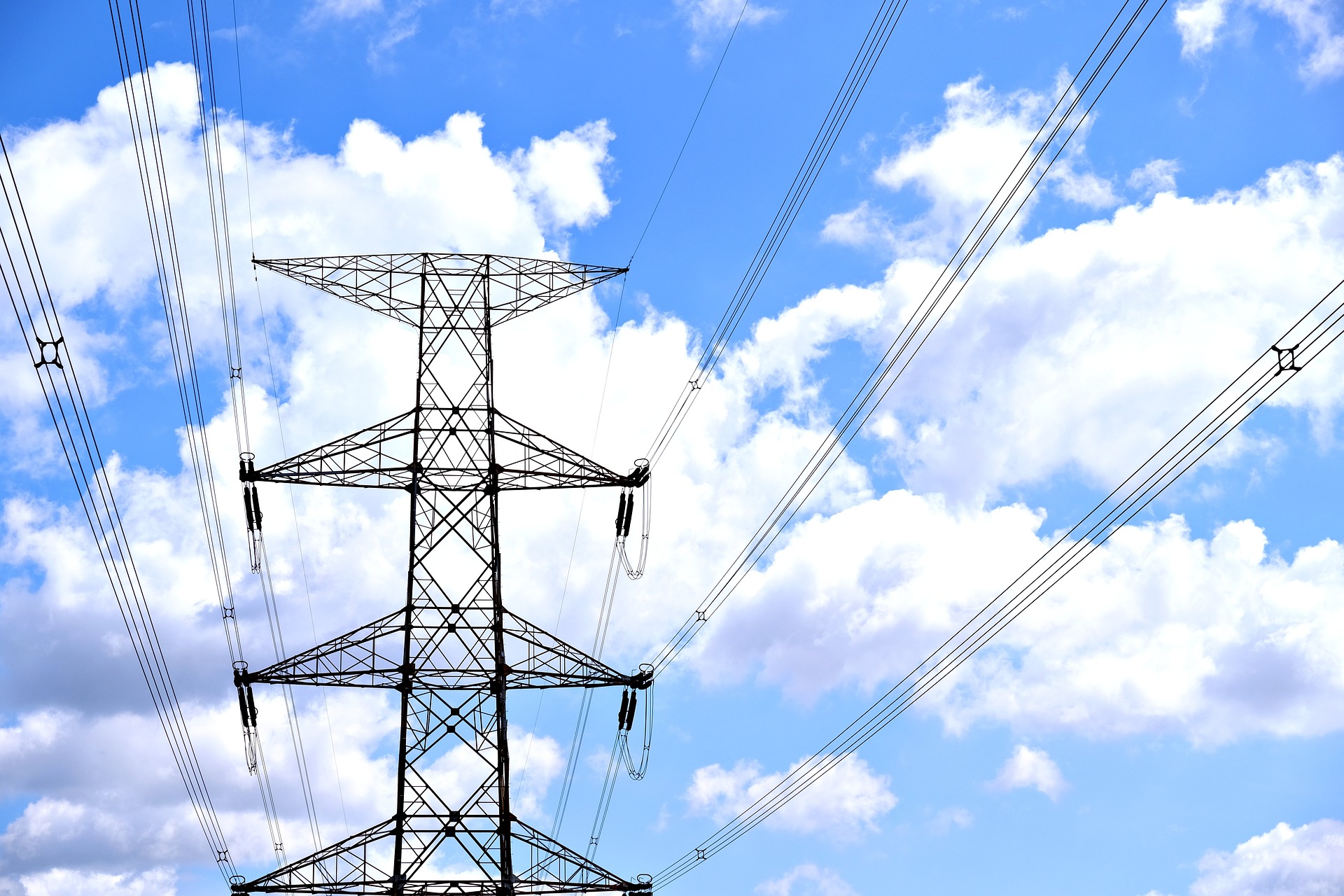Unveiling the Potential of Fixed Wireless Access Technology
In the ever-evolving world of internet and telecommunications, there is a constant pursuit of innovative solutions that can enhance connectivity and network performance. One such development is the advent of Fixed Wireless Access (FWA) technology. This article will delve into the origins of FWA, its current stance within the industry, and the potential it holds for the future.

The Dawn of Fixed Wireless Access
The concept of Fixed Wireless Access emerged in the late 20th century as a response to the need for a more versatile alternative to wired connections. FWA was conceived as a wireless broadband data communication system designed for connections between locations with a fixed infrastructure, such as buildings and towers. This technology offered a solution for areas where the installation of cables was either impractical or too costly.
Fixed Wireless Access in the Present Context
Today, Fixed Wireless Access has come a long way from its initial concept. The technological advancements and increased internet demand have pushed FWA to the forefront of the telecom industry. In recent years, the regulatory environment has evolved to support the deployment of FWA, and industry players have recognized its potential in catering to broadband demand.
The Impact and Challenges of FWA
Fixed Wireless Access presents a promising solution for broadband delivery, especially in under-served and hard-to-reach areas. FWA can provide high-speed internet connectivity without the need for extensive wired infrastructure, making it a cost-effective option. However, it also comes with challenges. The primary concern is signal interference due to obstacles such as buildings or trees, which can affect the quality of connection.
Practical Applications of FWA
Despite the challenges, the practical applications of FWA are extensive. It can support multiple user environments, from residential and commercial to industrial applications. In businesses, FWA can provide reliable backup connectivity, ensuring uninterrupted operations. In rural areas, it can address the lack of wired connectivity options, providing high-speed internet access.
Future Outlook and Significance of FWA
With continual advancements in technology, the future of Fixed Wireless Access looks promising. The increased adoption of FWA and its integration with other emerging technologies, like AI and Machine Learning, can revolutionize the way we perceive and use internet connectivity.
In conclusion, Fixed Wireless Access has emerged as a viable solution to many connectivity challenges faced today. Its potential for cost-effective, high-speed internet connectivity can transform the telecom landscape, making it a technology to watch out for. However, like any technology, it has its own set of challenges that need to be addressed to fully exploit its potential.




